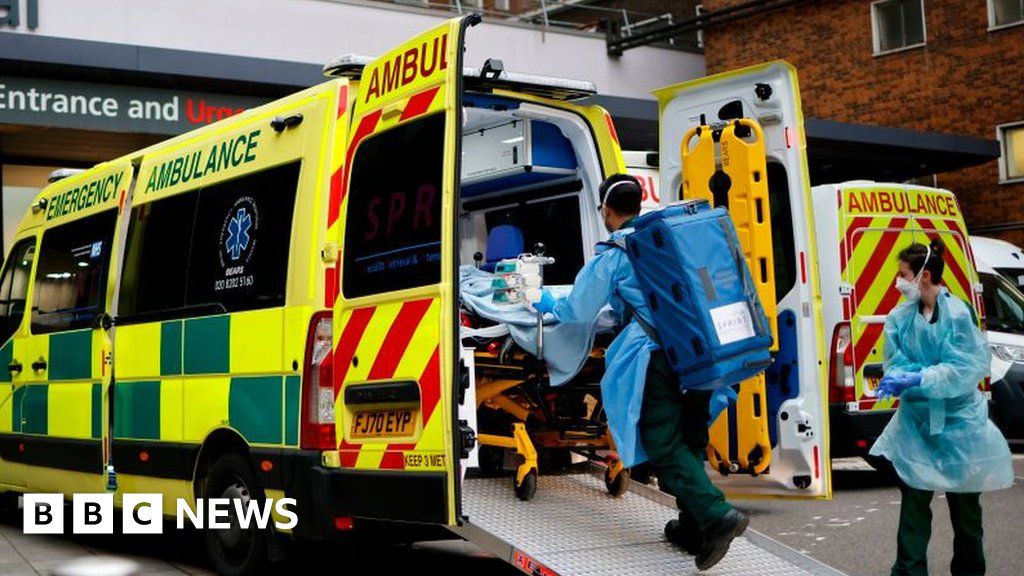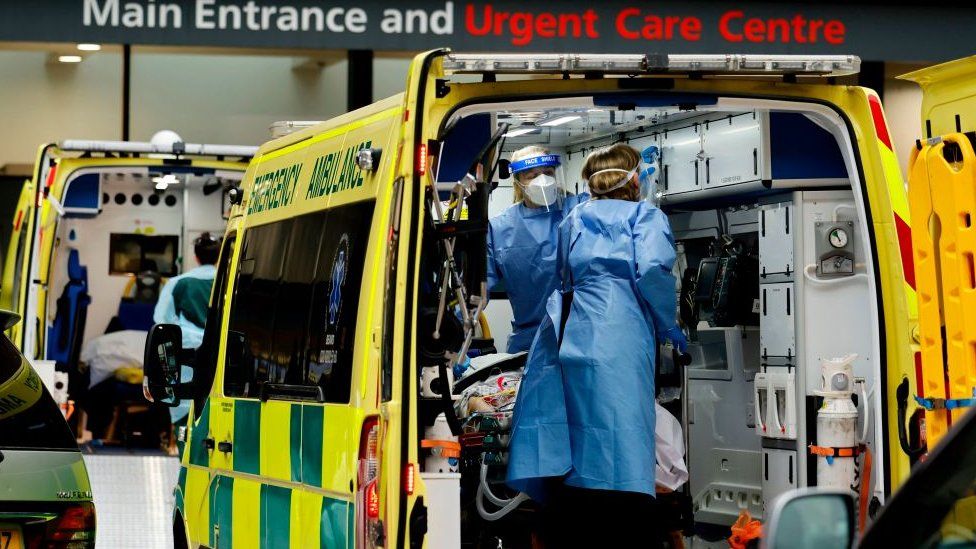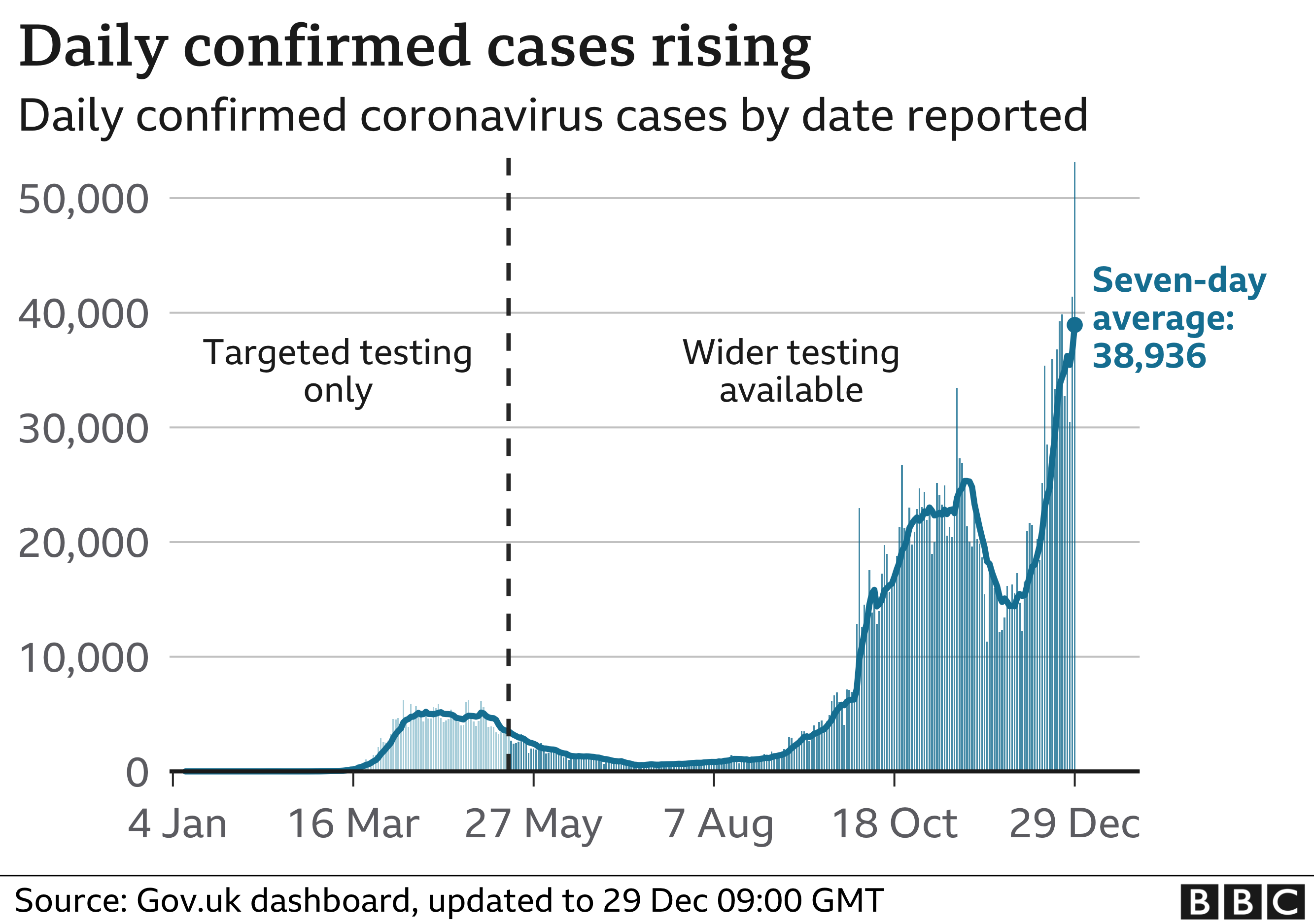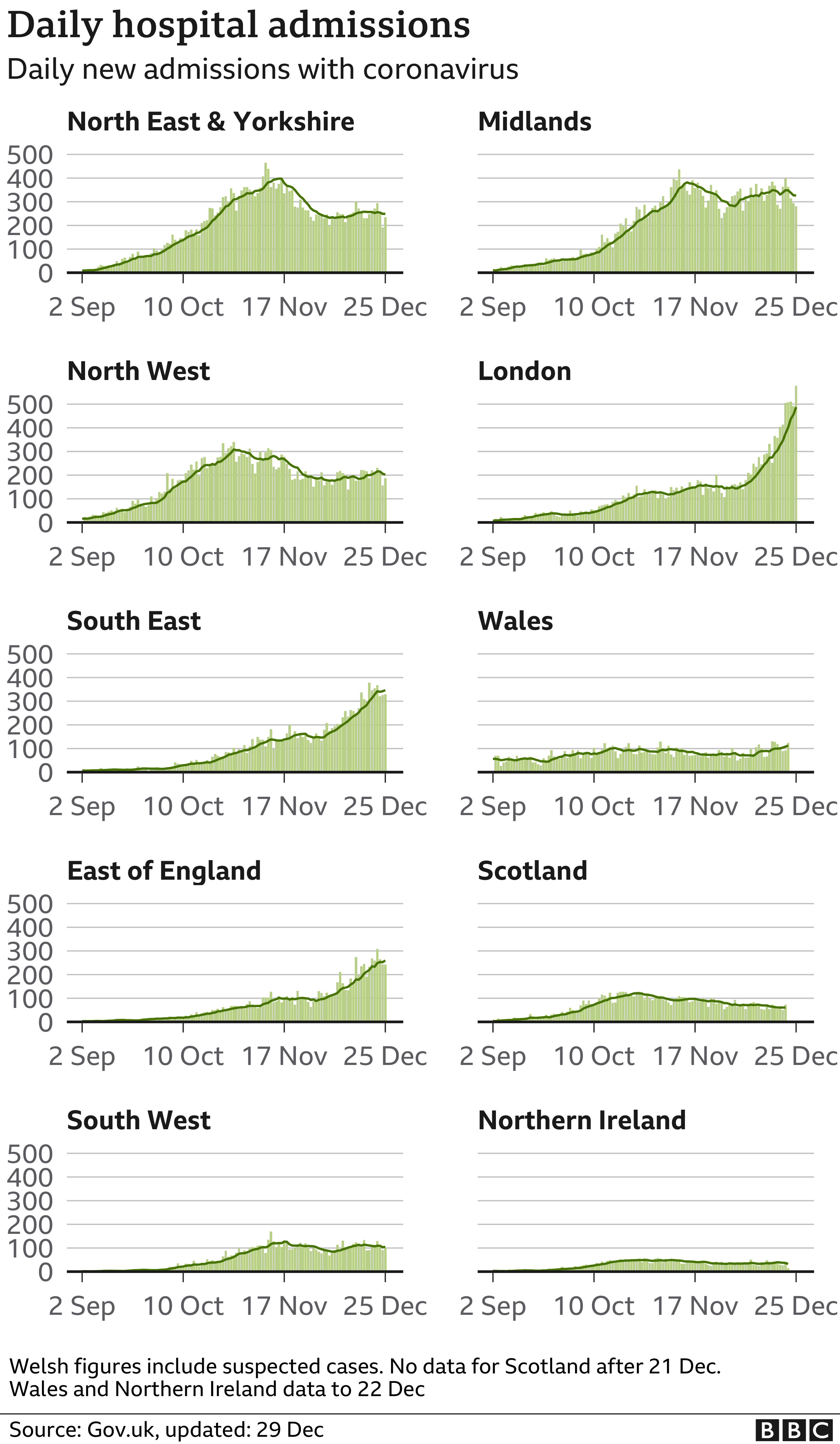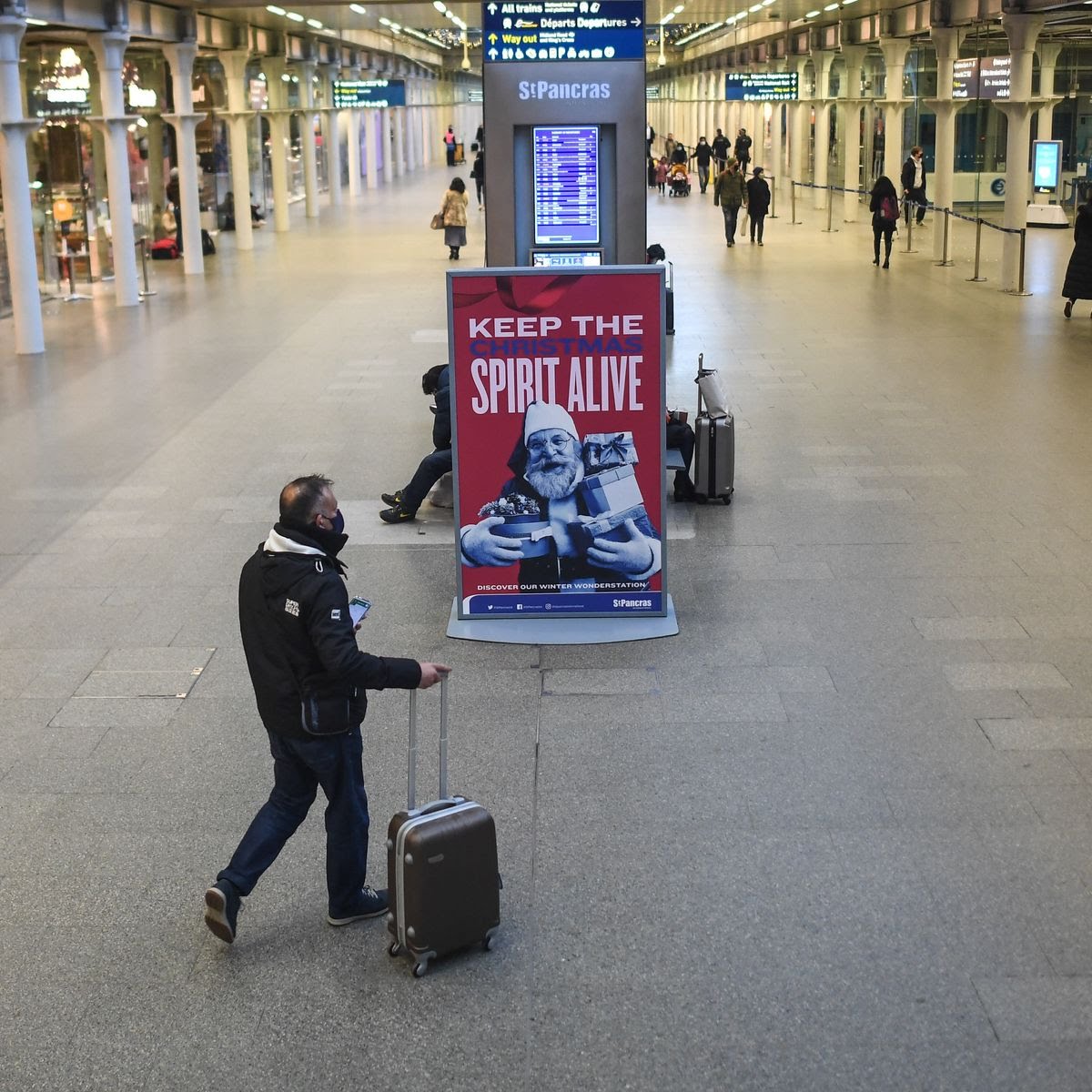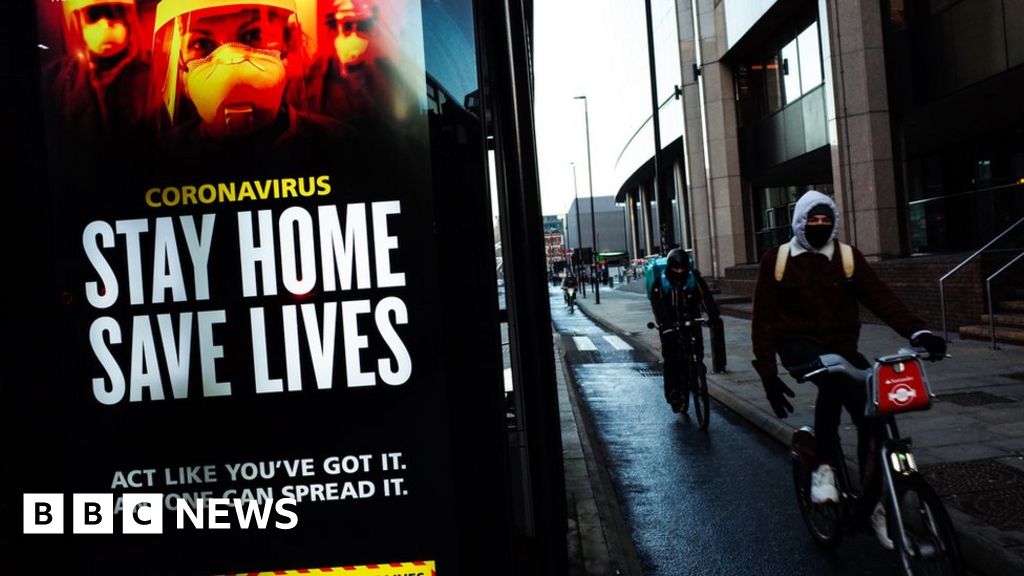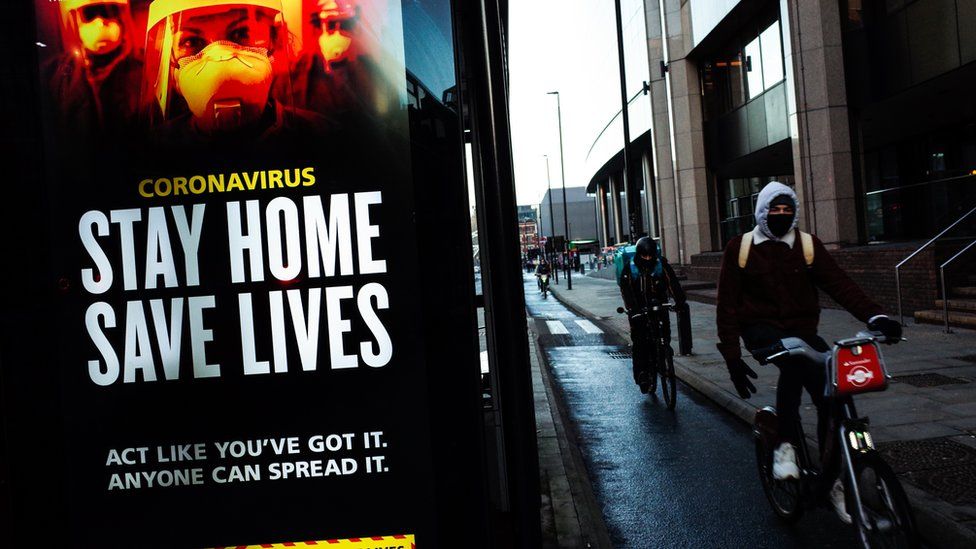England faces possible new Covid restrictions, source says
The Guardian
December 29, 2020
 © Provided by The GuardianPhotograph: Andy Rain/EPA
© Provided by The GuardianPhotograph: Andy Rain/EPA
England might see the introduction of further coronavirus restrictions akin to a “tier 5”, a government source has suggested, as experts warn tier 4 might not be enough to shrink the epidemic.
Tier 4 restrictions came into force in London and parts of the south-east and the east of England on 20 December and have since been extended to a large swathe of the country, from Cambridgeshire to Sussex and parts of Hampshire. Under these restrictions, people have been told to stay at home, with household mixing banned outside support bubbles, although one person can meet up with one other person outdoors.
With the incubation period for the virus lasting up to 14 days, experts say the impact of such measures in some areas might be expected to be seen in the coming days – although the picture may be muddied by delays in testing and reporting of results due to the Christmas break.
However, an analysis of the spread of the new, highly transmissible coronavirus variant by experts at the London School of Hygiene and Tropical Medicine, released earlier this month, warned that even if the whole of England were placed under tier 4 restrictions on Boxing Day until the end of January, the R value would not fall below 1.
Now, it seems, there could be plans afoot to introduce even stricter measures in a bid to keep the virus under control.
According to the Mirror, a Whitehall source has said the tier 4 rules do not appear to be working, adding that the government could introduce “another level onto tier 4, so like a tier 5”.
While no details have been released as to what such a tier could look like, or whether it would even be called “tier 5”, one possibility is that the tighter measures could include closing schools for the majority of pupils and moving education online.
“I can’t see any other option for getting the virus under control,” said Prof Susan Michie, a member of the government’s Covid-19 behavioural science team that feeds into Sage, as well as the Independent Sage group of experts – although she noted that she had not heard any direct evidence such a move is to be made.
The move to close schools has been backed by Dr Nick Davies, a member of the Scientific Pandemic Influenza Group on Modelling, which also feeds into Sage, and an author of the recent analysis. “If our parameter estimates are correct … it seems like [tier 4] alone isn’t enough, so something else might need to be done on top of that. And we’ve looked at school closures because that’s sort of the next obvious thing to do on top of those restrictions,” he has said.
Schools closed for the majority of pupils during the first lockdown in the spring, while the other restrictions included the edict to only venture outside once a day for exercise, leave home only for essentials, and for all non-essential shops to close and places of worship to shut.
The Guardian
December 29, 2020

England might see the introduction of further coronavirus restrictions akin to a “tier 5”, a government source has suggested, as experts warn tier 4 might not be enough to shrink the epidemic.
Tier 4 restrictions came into force in London and parts of the south-east and the east of England on 20 December and have since been extended to a large swathe of the country, from Cambridgeshire to Sussex and parts of Hampshire. Under these restrictions, people have been told to stay at home, with household mixing banned outside support bubbles, although one person can meet up with one other person outdoors.
With the incubation period for the virus lasting up to 14 days, experts say the impact of such measures in some areas might be expected to be seen in the coming days – although the picture may be muddied by delays in testing and reporting of results due to the Christmas break.
However, an analysis of the spread of the new, highly transmissible coronavirus variant by experts at the London School of Hygiene and Tropical Medicine, released earlier this month, warned that even if the whole of England were placed under tier 4 restrictions on Boxing Day until the end of January, the R value would not fall below 1.
Now, it seems, there could be plans afoot to introduce even stricter measures in a bid to keep the virus under control.
According to the Mirror, a Whitehall source has said the tier 4 rules do not appear to be working, adding that the government could introduce “another level onto tier 4, so like a tier 5”.
While no details have been released as to what such a tier could look like, or whether it would even be called “tier 5”, one possibility is that the tighter measures could include closing schools for the majority of pupils and moving education online.
“I can’t see any other option for getting the virus under control,” said Prof Susan Michie, a member of the government’s Covid-19 behavioural science team that feeds into Sage, as well as the Independent Sage group of experts – although she noted that she had not heard any direct evidence such a move is to be made.
The move to close schools has been backed by Dr Nick Davies, a member of the Scientific Pandemic Influenza Group on Modelling, which also feeds into Sage, and an author of the recent analysis. “If our parameter estimates are correct … it seems like [tier 4] alone isn’t enough, so something else might need to be done on top of that. And we’ve looked at school closures because that’s sort of the next obvious thing to do on top of those restrictions,” he has said.
Schools closed for the majority of pupils during the first lockdown in the spring, while the other restrictions included the edict to only venture outside once a day for exercise, leave home only for essentials, and for all non-essential shops to close and places of worship to shut.


